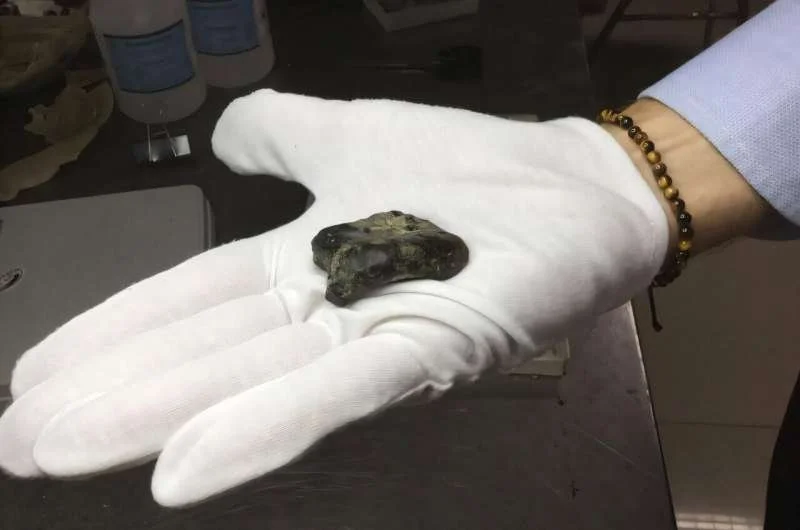In a groundbreaking archaeological revelation challenging established notions of gender and social roles in prehistoric societies, a team from Durham University has unearthed a remarkable Bronze/Iron Age stela at the 3000-year-old funerary complex of Las Capellanías in Cañaveral de León, Spain.
This ancient funerary slab, adorned with intricate carvings, challenges traditional interpretations of gender roles associated with such artifacts. The stela depicts a human figure with meticulous details, including a face, hands, feet, a headdress, necklace, two swords, and notably, male genitals. What sets this discovery apart is the presence of both "male" and "female" elements on a single artifact, defying the previous understanding that certain features exclusively represented a particular gender.
Before this find, archaeologists typically categorized stelae based on assumed gender roles, leading to a rigid interpretation of prehistoric societal structures. However, this unexpected discovery challenges these assumptions, prompting a reevaluation of the fluidity of social roles depicted by these ancient carvings.
Dr. Marta Diaz-Guardamino, co-director of the fieldwork project and a member of Durham University's Department of Archaeology, suggests that the newfound fluidity in gender representation on the stela may indicate a more nuanced understanding of the social dynamics of the time. The team posits that prehistoric societies might not have adhered strictly to conventional gender roles, opening up possibilities for more diverse and inclusive societal structures than previously imagined.
This discovery is particularly significant as it sheds light on the funerary rituals of the Bronze/Iron Age. The Las Capellanías funerary complex, where this stela was unearthed, has now yielded three such artifacts, offering archaeologists a wealth of information about burial practices and cultural customs of the era.
Equally intriguing is the location of Las Capellanías along what is believed to have been an essential natural pathway connecting major river basins. This geographical positioning suggests that these decorated stelae played a dual role as not only markers of cultural significance but also as territorial indicators along a communication highway of its time. This challenges the conventional view of stelae merely serving as markers for burial sites, expanding their significance into the realm of territorial demarcation.
The excavation, part of the broader Maritime Encounters project, saw collaboration between Durham University and the universities of Huelva and Seville. The team included a mix of undergraduate and postgraduate students, fostering interdisciplinary research and providing valuable hands-on experience for the next generation of archaeologists.
As we continue to unravel the mysteries of our ancient past, the discovery at Las Capellanías stands as a testament to the dynamic nature of prehistoric societies, urging us to reconsider and broaden our understanding of gender roles, social structures, and the multifaceted functions of cultural artifacts in shaping the narratives of bygone eras.







